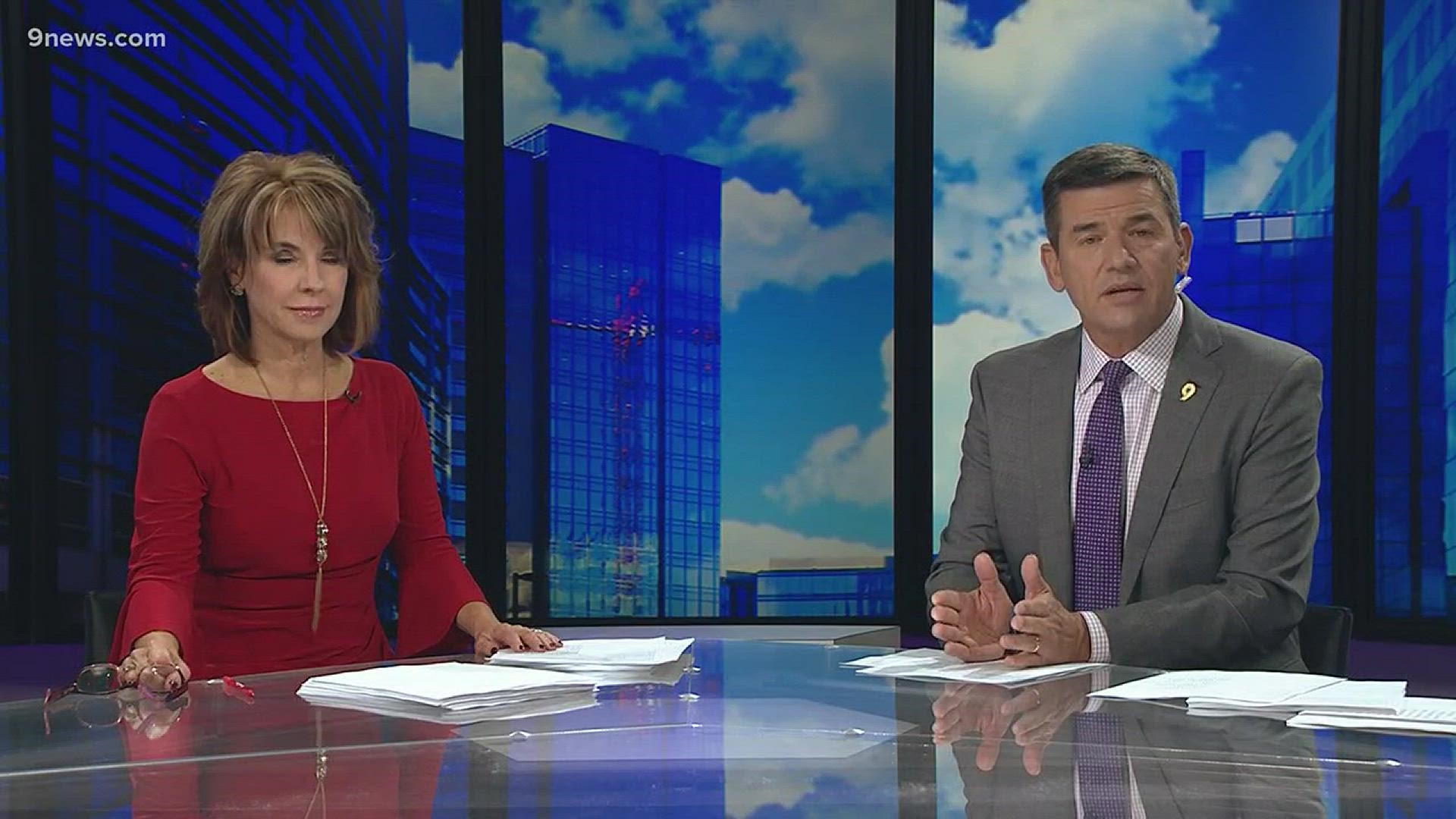The most intense thunderstorms on the planet are thought to occur in part of Argentina, and a big group of Colorado scientists is preparing to go there in an effort to unlock their secrets
.The six-week campaign is called RELAMPAGO (Remote sensing of Electrification, Lightning And Mesoscale/microscale Processes with Adaptive Ground Observations), which translates to “lightning” in Spanish and Portuguese.
Together with project CACTI (Clouds, Aerosols and Complex Terrain Interactions), being run by the Department of Energy, it’s the largest atmospheric science field study ever conducted outside of the United States.
9NEWS interviewed one of the Principal Investigators on the project, Kristen Rasmussen, who is also an assistant professor in the Atmospheric Science Department at Colorado State University.
9NEWS: Why storms in Argentina?
“All of the information that we know about the storms in this region are primarily derived from satellite research. These storms exhibit characteristics that we don’t understand. They are more intense than the storms we see here. They occur in more severe environments.”
9NEWS: How big is this project?
Rasmussen: “The RELAMPAGO field campaign is a very large project. It includes more than 100 scientists from CSU here in Colorado as well as NCAR, and the University of Illinois. We are all teaming up with the National Science Foundation, NASA, and the Department of Energy to collaborate and create a much larger project.”
9NEWS: How is CSU contributing?
Rasmussen: “CSU is one of the main university contributors to the project. We have three faculty members going, myself, Russ Schumacher, and Chandra (Chandrasekar Radhakrishnan), several graduate students, and some of our own instruments.”
9NEWS: What is your team's jobs?
Rasmussen: “My team is primarily responsible for running and operating the CSU C-Band radar. We are responsible for insuring that the radar is scanning in the right way, and observing the right phenomena. We’ll change sectors based on where the storms are to make sure we are getting the right observations to meet our science goals.”
9NEWS: How did you get interested in storms?
Rasmussen: “One of the reasons I became a meteorologist was I saw a tornado when I was in 6th grade, actually the Boulder, Colorado tornado, and when you see a natural phenomenon like that, it’s so powerful and you can’t really explain it, that was the thing that drew me to the field.”
9NEWS: Will you use mobile radars?
Rasmussen: “We will have three Doppler-on-Wheels radars down there. They built a brand-new C-Band Doppler-on-Wheels that we are testing in this campaign. So, we have the mobile opportunity to move and follow the storms where ever they are.”
9NEWS: Does Argentina really get more hail than Colorado?
Rasmussen: “In a similar location in the immediate foothills of the Andes, you are in order of magnitude, more likely to see large and intense hail than you are here on the Front Range. We don’t understand why this is the case, and we would like to understand why the storms there are so large and produce such large hail close to the Andes.”
9NEWS: How big is the hail there?
Rasmussen: “There was a storm on, I think it was February 8th, 2018, that produced a hailstone that we have a picture of, that we believe is about 23 centimeters in diameter. Which is potentially the world record hailstone. We just don’t have an exact measurement of it, but we can tell from the picture that it is of that caliber.”
9NEWS: Do storms here compare in any way?
Rasmussen: “Storms here in Colorado form in a similar way along the topography but then truck out east really fast. Storm chasers basically have to drive quickly to keep up with the storms. In Argentina, the storms initiate along the topography, but they will have continuous redevelopment along that topography for the duration of their life cycle, throughout the night. We have videos of large hail falling right in the immediate foothills of the Andes in the dark all night. We just don’t see that here.”
9NEWS: Are the Andes like the Rockies?
Rasmussen: “The Andes Mountains is a much larger and narrower barrier than the Rocky Mountains, and this causes very strong flow to come down from the Amazon, bringing nice moisture down to fuel the storms at low levels, and there is flow coming up and over the Andes that provides kind of a lid over top of that low level moisture to build up the instability until it reaches extreme levels.”
9NEWS: Do you expect to see anything new with those storms?
Rasmussen: “They will frequently upscale into these large organized systems, growing into these really massive complexes of thunderstorms that are joined together called Mesoscale Convective Systems. They produce a lot of rain and flooding in the region, and we think a lot of hail. And so, understanding the whole life cycle process from the initiation along the topography, through the upscale process of growing into these big complexes, that’s a process that we’ve never seen from beginning to end with a single suite of instruments.”

